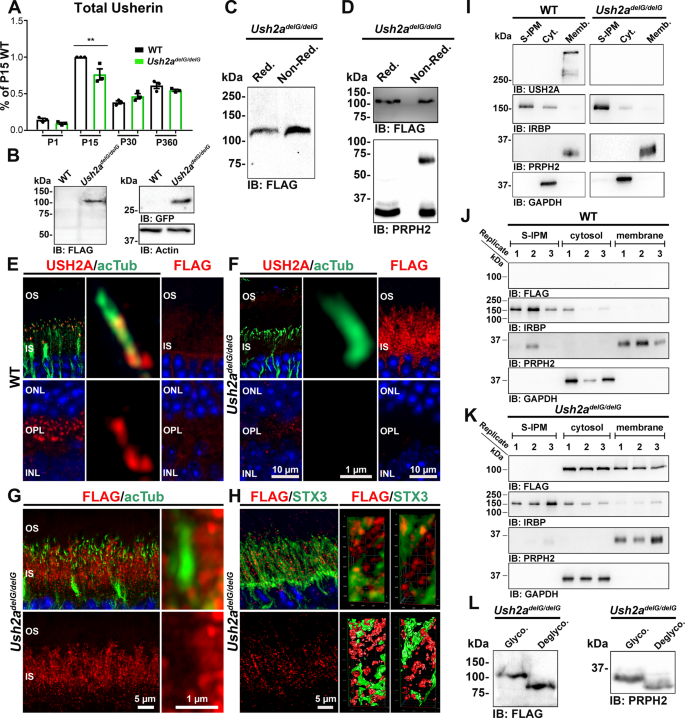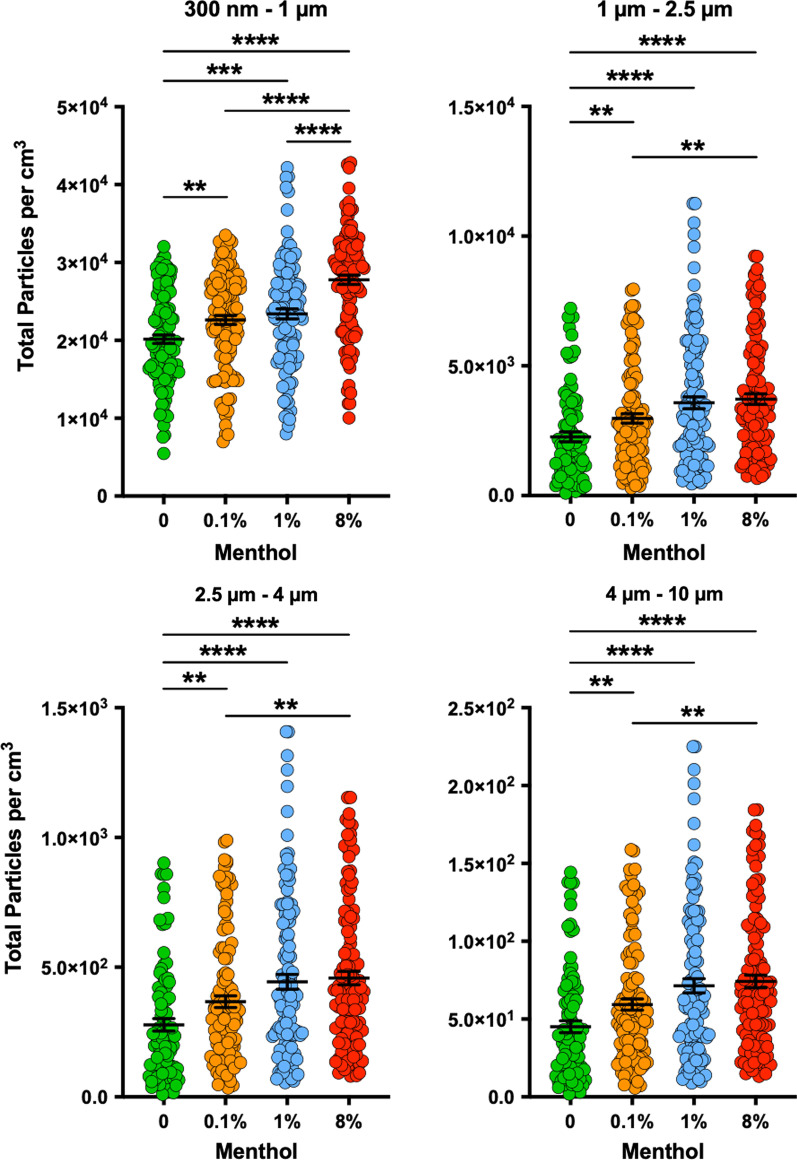2023-04-17 ヒューストン大学(UH)
現在、USH2Aの治療法は存在しておらず、治療法の開発のために重要な目標である患者の表現型を模倣するUSH2Aのモデルは、従来の研究で失敗していた。このモデルは、患者の視覚障害を模倣することができ、遺伝子療法を含む治療法の選択肢を探ることができる可能性がある。
<関連情報>
- https://uh.edu/news-events/stories/2023/april-2023/03172023-naash-usher-syndrome-model-nature.php
- https://www.nature.com/articles/s41467-023-36431-1
ウシャリン変異c.2299delGはウシャリンの局在を誤り、ワーリンやVLGR1との相互作用を破壊することになる The usherin mutation c.2299delG leads to its mislocalization and disrupts interactions with whirlin and VLGR1
Lars Tebbe,Maggie L. Mwoyosvi,Ryan Crane,Mustafa S. Makia,Mashal Kakakhel,Dominic Cosgrove,Muayyad R. Al-Ubaidi & Muna I. Naash
Nature Communications Published:21 February 2023
DOI:https://doi.org/10.1038/s41467-023-36431-1

Abstract
Usher syndrome (USH) is the leading cause of combined deafness-blindness with type 2 A (USH2A) being the most common form. Knockout models of USH proteins, like the Ush2a-/- model that develops a late-onset retinal phenotype, failed to mimic the retinal phenotype observed in patients. Since patient’s mutations result in the expression of a mutant protein and to determine the mechanism of USH2A, we generated and evaluated an usherin (USH2A) knock-in mouse expressing the common human disease-mutation, c.2299delG. This mouse exhibits retinal degeneration and expresses a truncated, glycosylated protein which is mislocalized to the photoreceptor inner segment. The degeneration is associated with a decline in retinal function, structural abnormalities in connecting cilium and outer segment and mislocaliztion of the usherin interactors very long G-protein receptor 1 and whirlin. The onset of symptoms is significantly earlier compared to Ush2a-/-, proving expression of mutated protein is required to recapitulate the patients’ retinal phenotype.


